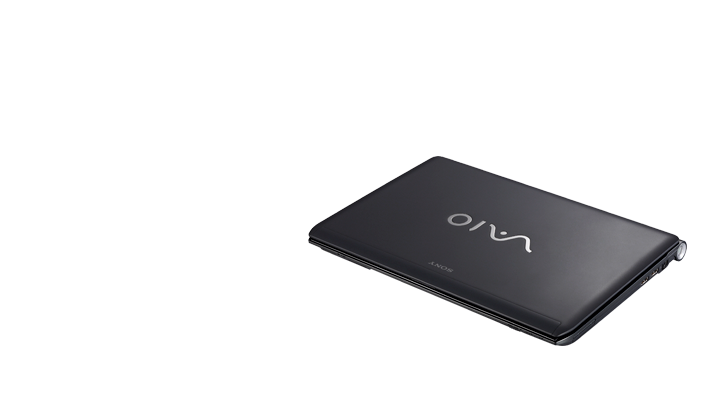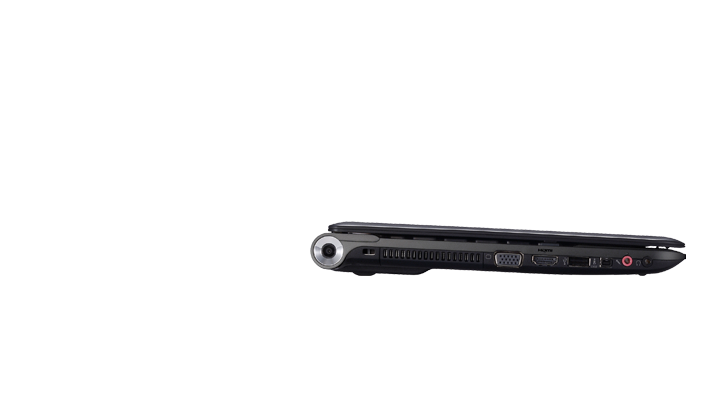Sony Vaio VPCY118GX/BI
Specifiche tecniche

Price comparison
Media dei 2 punteggi (dalle 2 recensioni)
recensioni per Sony Vaio VPCY118GX/BI
Sorgente: Comp Reviews
 EN→IT Archive.org version
EN→IT Archive.org versionSony's VAIO Y series ultraportables may be affordable for the brand but it does cost several hundred more than the competition. What this extra money does pay for is a much more durable magnesium chassis and some peripheral ports not found on any of the competitions units. Performance is typical but the battery life is a bit below average and Sony's claims.
Singola recensione, disponibile online, Corto, Data: 03/24/2010
Valutazione: Punteggio totale: 80%
Sorgente: Laptop Mag
 EN→IT Archive.org version
EN→IT Archive.org versionSony’s first 13-inch ULV ultraportable offers a durable magnesium design, sound ergonomics, and good performance for an affordable price. Sony took its sweet time bringing its first 13-inch ULV ultraportable to market, but it was worth the wait. It offers a more durable design than the ASUS UL30A ($799) and a better touchpad than the HP Pavilion dm3 ($814 when similarly configured). But while the VAIO Y’s nearly 6.5 hours of battery life is good, both the ASUS and HP machines last over 9 hours on a charge.
Singola recensione, disponibile online, Lungo, Data: 01/28/2010
Valutazione: Punteggio totale: 70%
Commenti
Intel Graphics Media Accelerator (GMA) HD Graphics:
Soltanto i giochi datasi possono essere giocati in modo fluido con questi chips grafici (se non richiedono troppe prestazioni). I cores con memoria grafica condivisa in questa categoria hanno il vantaggio delle minori emissioni di calore e della maggiore autonomia della batteria. Per ufficio, internet, image processing, e video editing queste schede grafiche sono utilizzabili senza particolari problematiche.
>> Ulteriori informazioni le potete trovare nel nostroConfronto delle schede grafiche e nella nostra Lista dei Benchmark.
Intel Core 2 Duo: Questo è il successore del Core Duo e del Core Solo con una pipeline più lunga ed il 5-20% di velocità in più senza avere maggiore consumo di energia. Come aggiunta al design del Core Duo esiste un quarto decoder, una unità amplificata SSE ed una unità logica aritmetica (ALU) addizionale. Il Core 2 Duo per portatili è identico al processore per desktop Core 2 Duo ma il processore per portatili lavora con un voltaggio inferiore (0.95 a 1188 Volt) ed un Frontside bus clock inferiore (1066 vs 667 MHz). Le prestazioni di portatili con clock equivalenti sono inferiori del 20-25% rispetto ai PCs Desktop a causa del Frontside bus clock inferiore e agli hard disks più lenti.
SU7300: Processore dual core con clock lento e con un basso TDP da 10 Watt.
>>Ulteriori informazioni le potete trovare nel nostroConfronto dei processori per portatili.






